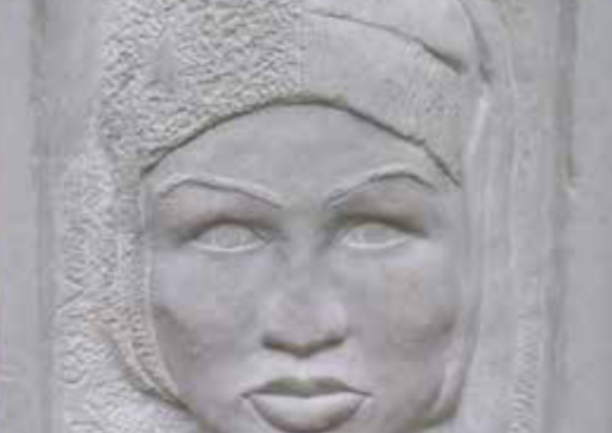
from April 2023 Sculpture Northwest Journal
It was a long and winding path to see myself as an artist. I enjoyed every moment in my high school art classes and spent most of that time making small sculptures in clay, wax, and pewter castings. I explored my creativity on the side in college and then as a young adult taking with adult education classes in the evenings after work. It was at a series of sculpture classes at Mission College in Santa Clara, CA in 1993 that I really began to take sculpting more seriously. That series of classes and the professor, Bridget Fischer, opened my eyes to the true power of creativity. Creating art became so much more than making a beautiful object, it became a way to communicate, to learn about myself, and to forge and deepen connections with others.
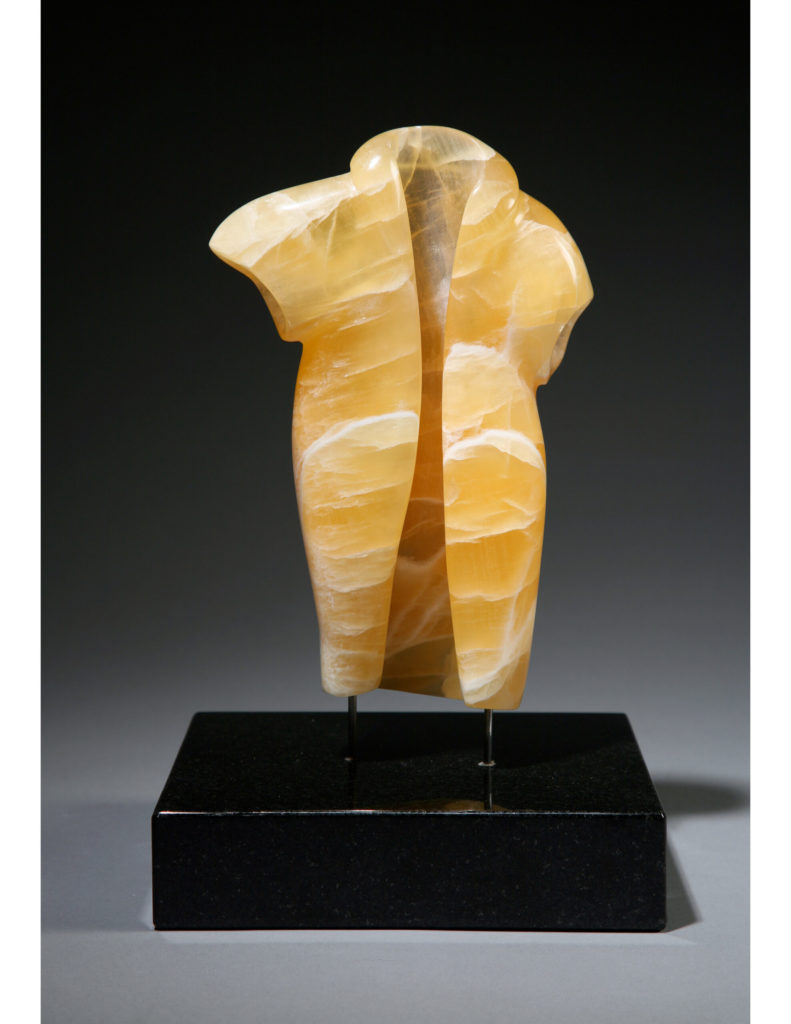
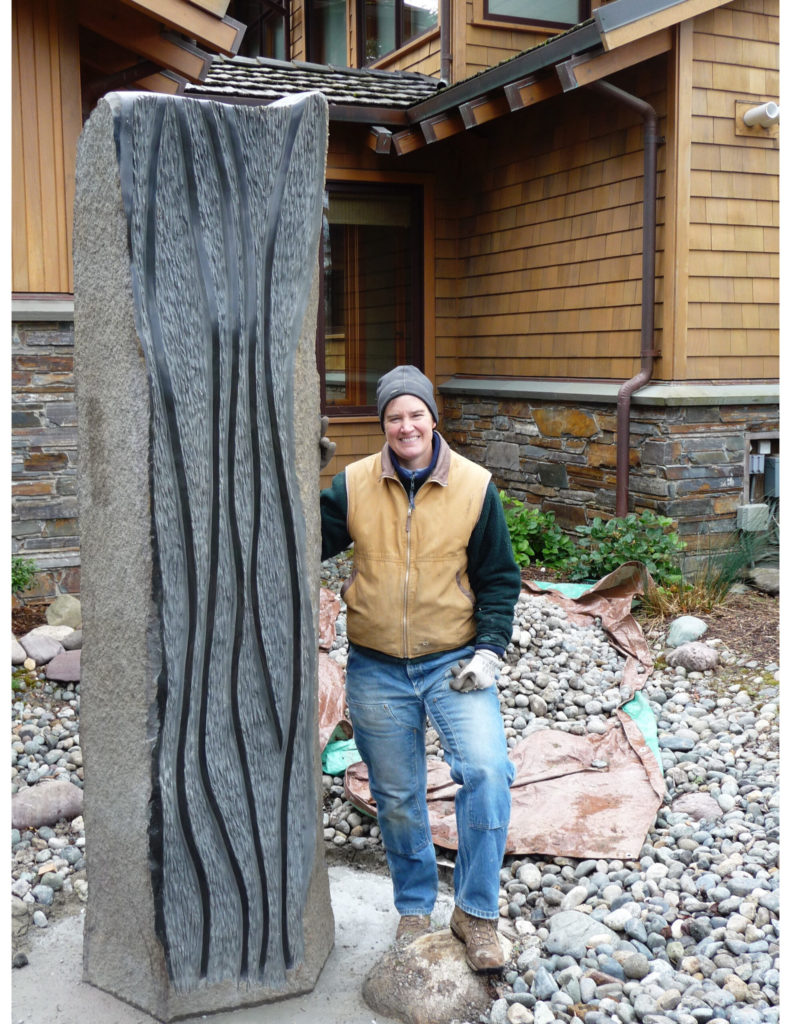
In class I used a variety of techniques and media, providing a good base of artmaking skills. Then I discovered stone. Hopefully everyone gets to experience moments in life where things fall into place, where everything feels “just right.” One evening I experienced that moment when the lines and volumes of my sculpture sharpened and transformed. What was an amorphous blob became an elegant dancing figure and I knew I’d found my place. Stone became my preferred medium, and even when I began creating limited edition bronze sculpture, I continued to sculpt the original in stone. I still occasionally work with steel and other media when those properties make sense, but stone is my home. Subtractive sculpture feels more like an unveiling, an archeological dig into meaning and beauty. That discovery process combined with the physicality of the carving process is just the right combination for me. Searching for meaning is also a search for just the right line and form, the right combination of shadow and space.
In 1995 I took a one-month sabbatical from my work as a physical therapist and spent most of it sculpting. One month turned into six and when I returned to physical therapy, I worked only parttime so I would have time every week to sculpt. In 2004 I moved to Whidbey Island and began sculpting full-time. I discovered the NWSSA in 2005 at the Hand Carving Retreat in Friday Harbor and was blown away by how much I learned and how generous and kind everyone was. I can’t understate the importance of the NWSSA in my evolution as a sculptor. Both the formal education at symposiums and the informal learning and networking, as well as the positive culture of this group has meant a great deal to me. It also has resulted in a massive collection of stone and an always growing angle grinder graveyard at my studio.


I am very fortunate to live on Whidbey Island which is home to many talented sculptors. My desire to begin working larger scale led me to hammer out (pun intended) a deal with Hank Nelson and I started sculpting a 2-ton granite boulder at what is now Cloudstone Sculpture Park. Hank was a reticent and humble teacher, much preferring to spend endless hours grinding away on his own, but he was always curious and encouraging in the moments he didn’t have a saw running. I learned a lot about tools and granite and I’m still in awe of him and what he accomplished. In 2006 I joined sculptors Lloyd Whannell and Woody Morris at their small studio space in Freeland. It started with me begging my way into a small space along a back wall in Lloyd’s studio to put my tools. It wasn’t long before we all needed more space and other artists joined us. Now there are 12 artists at the Freeland Art Studios, and we’ve taken over the whole 7000 sq ft building and property. I firmly believe that an artist can’t have too much studio space, or too much stone.
In 2019 Tamara Buchanan invited me to join she and Eirene Blomberg for a sculpting trip to Italy and that experience was a highlight of my sculpting life. How can that be four years ago already? We rented sculpting space at a professional group studio outside of Pietrasanta. It was difficult to find a sculpture studio that invited sculptors to actually sculpt instead of encouraging them to send designs for the now prevalent robotic systems, but thankfully Tamara persisted and found Studio Pescarella. There are 12 sculpting spaces and sculptors from Argentina, South Korea, France, Poland, the US, and more, kept busy making dust and then enjoying lunch together. Being surrounded by a culture of stone, marble everywhere (even the dumpsters), and the fellowship, all expanded my visual world and deepened my appreciation of marble.


Studio Pescarella is a creative incubation chamber surrounded by vast stone yards. We immersed ourselves and our month was over too soon. We ended up bringing 11 tons of marble home with us, which was no easy task, but has definitely been worth it. I’ve completed more than a dozen pieces and every time I dig into my stash of Italian marble, I’m delighted to remember that month. I love variety, both in stone and in subject, and I create work in series as well as stand-alone pieces. Sometimes I have a concept and I find the stone for it, other times I find the stone and direct carve until I’m satisfied. In the winter I work making small models in clay or soapstone, using them as models for larger scale sculptures in the summer. I love that the lessons of sculpting are life lessons – learning how much to take away, how much to keep, learning to listen and to work with another, learning to be patient, when to push and when to let time pass. There is so much to learn, and the promise of unlimited exploration.
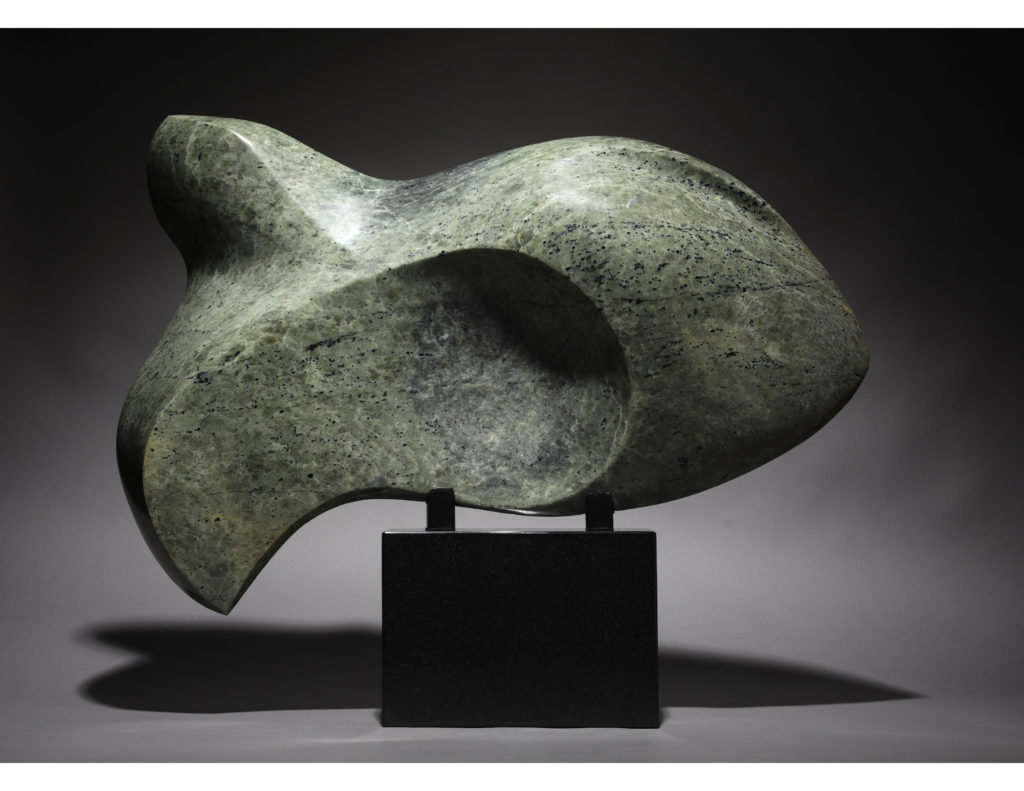


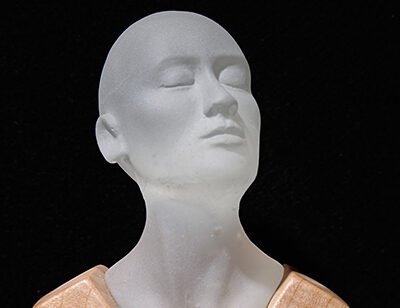


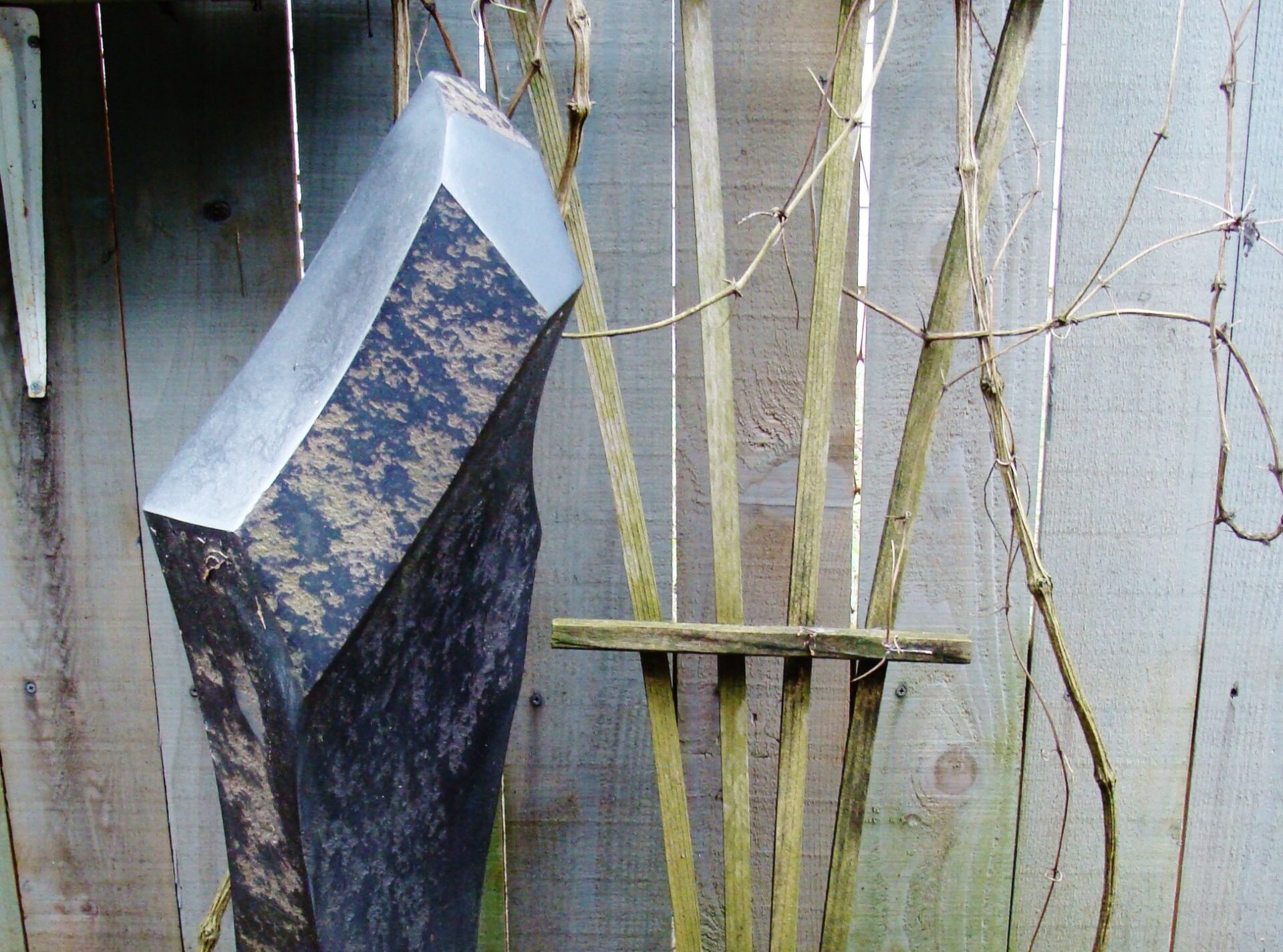

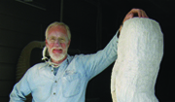


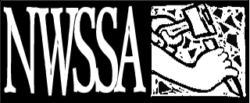
We need some kind of descriptive text here.